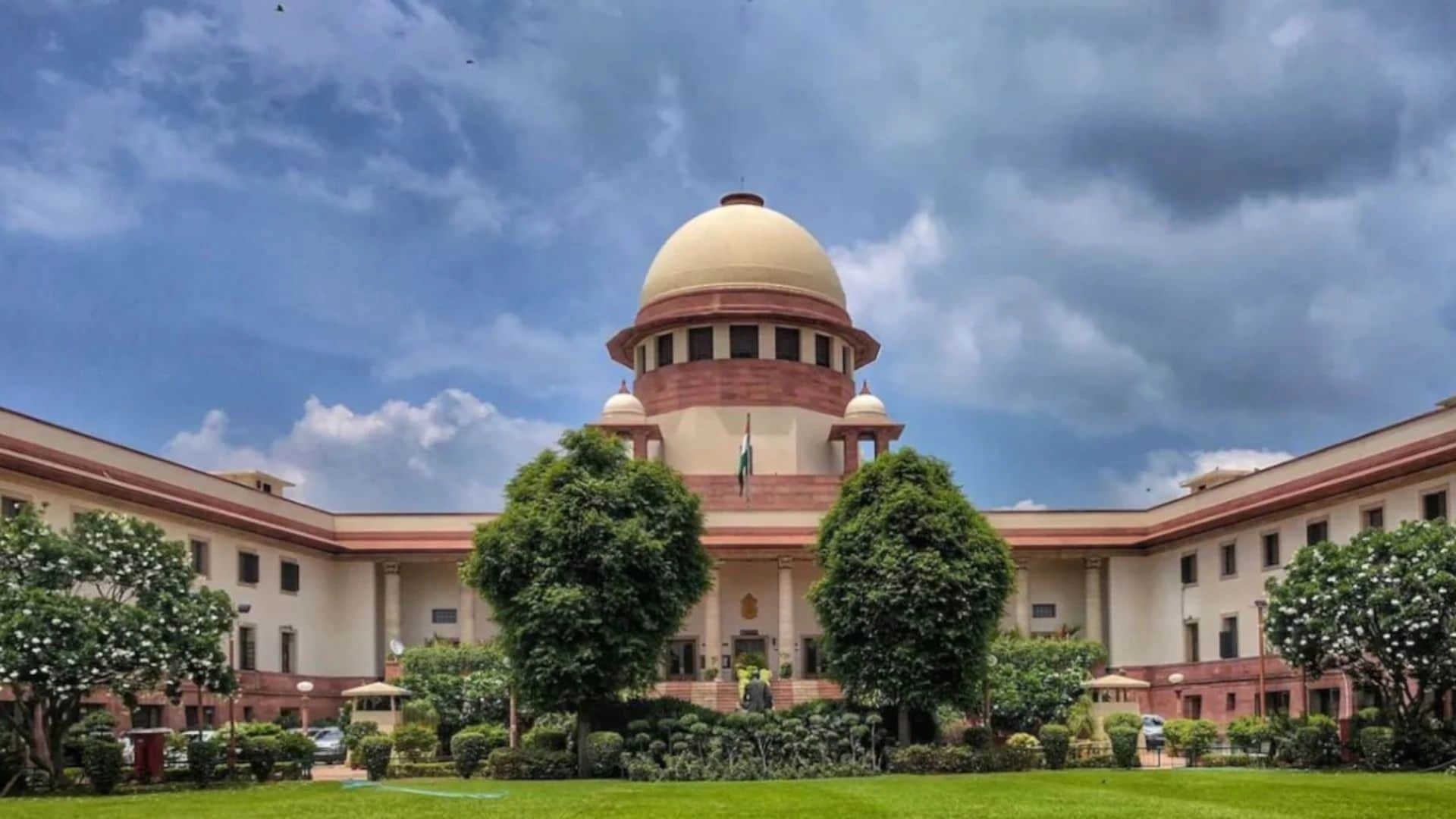The relationship between governors and the legislative process is a complex interplay of power and responsibility, particularly when it comes to the approval or veto of bills. The Supreme Court’s recent remarks regarding governors’ authority over legislation reflect a nuanced understanding of this dynamic, emphasizing the need for a “vision of harmony” between the executive and legislative branches. This concept of harmony suggests that while governors possess significant power to influence the fate of bills, their role should not be seen in isolation but rather as part of a broader governance framework that requires collaboration and communication.
The Supreme Court’s emphasis on harmony underscores the notion that effective governance relies on a balance of power. Governors have the right to veto bills that they deem inappropriate or detrimental to their constituents, a power that serves as a check on legislative decisions. However, this power must be exercised judiciously, recognizing the importance of legislative intent and the democratic process. The court’s perspective encourages governors to engage with lawmakers, fostering an environment where dialogue can lead to more refined policies that better serve the public interest.
Moreover, the “vision of harmony” remark invites a reconsideration of the adversarial nature often associated with politics. Instead of viewing the relationship between governors and legislators as a zero-sum game, where one party’s gain is the other’s loss, there is an opportunity to cultivate a cooperative atmosphere. This cooperative approach not only enhances the legislative process but also instills public trust in governance. When governors and legislators work together, they can craft more effective legislation that reflects the needs and desires of the communities they serve, ultimately strengthening democratic principles.
In conclusion, the Supreme Court’s remarks on governors’ power over bills highlight the importance of fostering a collaborative relationship between the executive and legislative branches. The “vision of harmony” serves as a guiding principle that encourages governors to wield their veto power responsibly while also engaging with lawmakers in constructive dialogue. By prioritizing cooperation over confrontation, state leaders can work toward creating legislation that better serves the public good, thereby enhancing the overall effectiveness of governance. This vision not only benefits individual states but also reinforces the foundational ideals of democracy, where diverse voices come together to shape a better future for all citizens.



